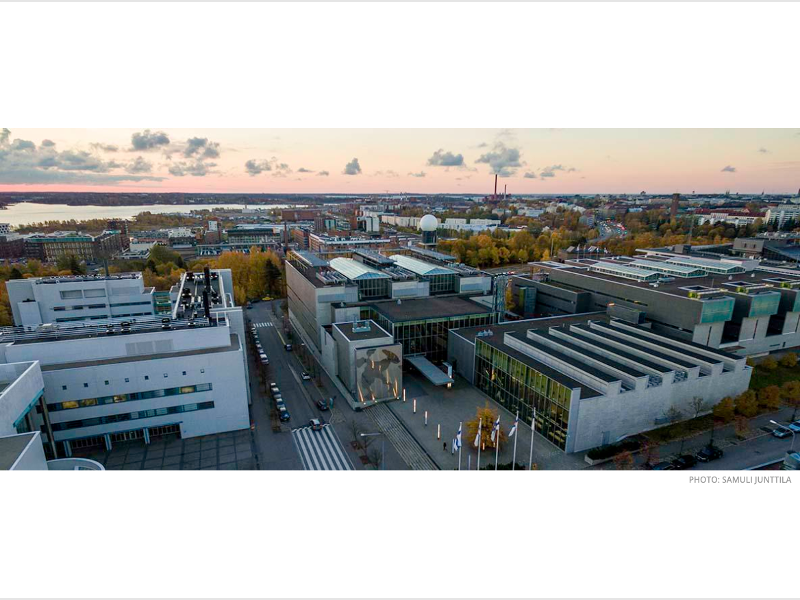Real-time monitoring of air quality developed in Helsinki

The European Union has conferred 4.7 Million euros to fund the production of real-time and detailed air-quality information using a 5G network. Some of the members in the HOPE project are particle scientists and computer scientists from the University of Helsinki.
A system for real-time, dependable, and detailed information on air quality is being developed for the residents of Helsinki. Three environments with different air qualities are being monitored within the HOPE project: Mäkelänkatu–Kumpulankatu, Pakila, and Jätkäsaari.
The University of Helsinki is developing the use of a 5G network within the HOPE project along with air-quality monitoring and a new air-quality index. The purpose of the new index is to take more variables than before into consideration, to gain more exact data on the real air quality.
“As cities grow more densely populated, the study of the air we breathe becomes increasingly important, since the deterioration of air quality is a growing concern to many. This project hopes to find tangible solutions to improving people’s wellbeing. One of these solutions is the new index for air quality,” says professor of aerosole and environmental physics Markku Kulmala.
To transfer the real-time data on air quality, 5G networks are being used, and one of the project’s objectives is to develop the 5G abilities of devices.
“The project enables both measuring devices that are fixed in the urban space and crowd-sourced devices, which are all utilised to compile a detailed image of the air quality. The goal is to summarise the main factors of air quality and health as clearly and exactly as possible,” says professor of computer science Sasu Tarkoma.
“The mapping of regional and temporal variations in air quality also gives us valuable information for studying the factors impacting it, while we can produce information about it to the public with the help of map applications,” says geo-informatics professor Petri Pellikka.
The part the University of Helsinki plays in the project belongs to the larger MegaSense research programme. The purpose of MegaSense is to create a world-wide observation system that will give us detailed information about air quality and harmful substances in the air. This information can be utilised in various devices in the car, at home, and at the office.
Other partners in the HOPE project are the City of Helsinki, Forum Virium Helsinki, Vaisala, HSY, Useless, and the Finnish Meteorological Institute. The project gained funding from the EU programme Urban Innovative Actions. The programme funds projects that look for innovative models to solve persistent urban problems and test them. The funding searches for projects that are both innovative and bold, and involve the community.